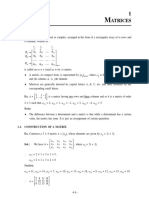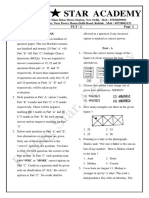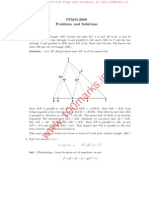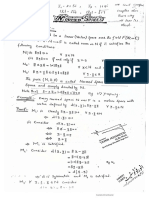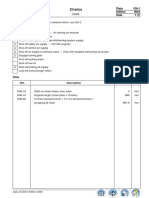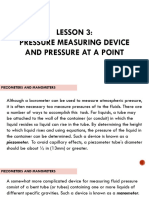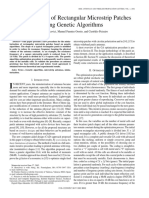0% found this document useful (0 votes)
799 views4 pagesClass 6 Maths: Number Patterns
Ncert Solutio
Uploaded by
lawele3531Copyright
© © All Rights Reserved
We take content rights seriously. If you suspect this is your content, claim it here.
Available Formats
Download as PDF, TXT or read online on Scribd
0% found this document useful (0 votes)
799 views4 pagesClass 6 Maths: Number Patterns
Ncert Solutio
Uploaded by
lawele3531Copyright
© © All Rights Reserved
We take content rights seriously. If you suspect this is your content, claim it here.
Available Formats
Download as PDF, TXT or read online on Scribd
/ 4








